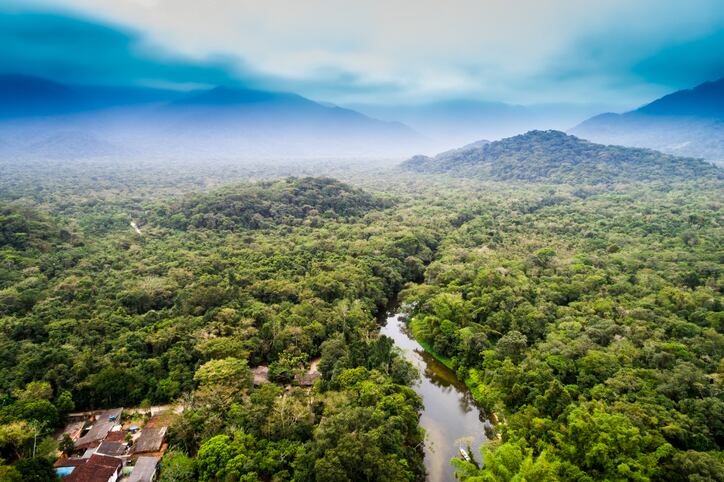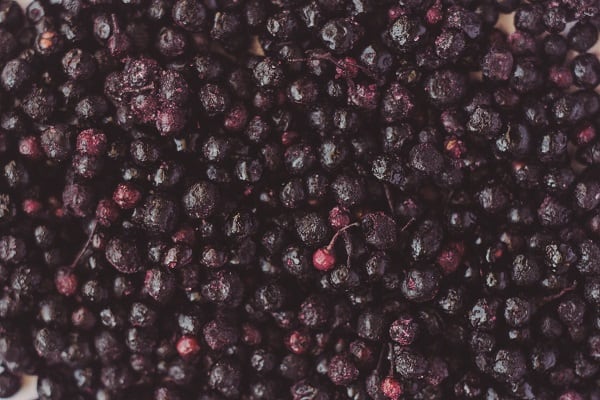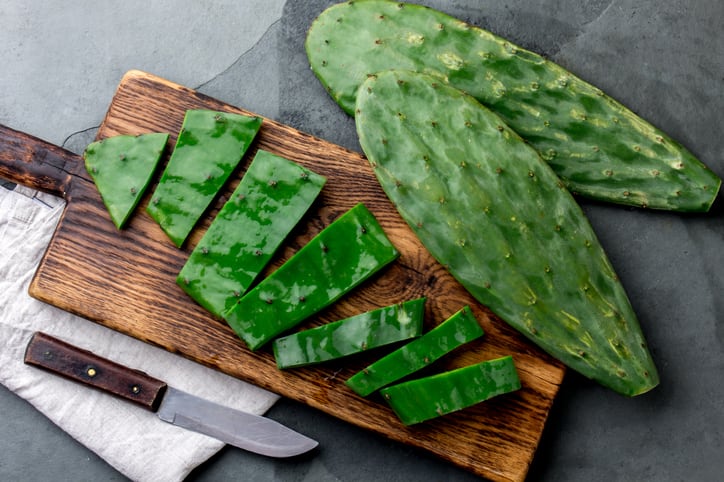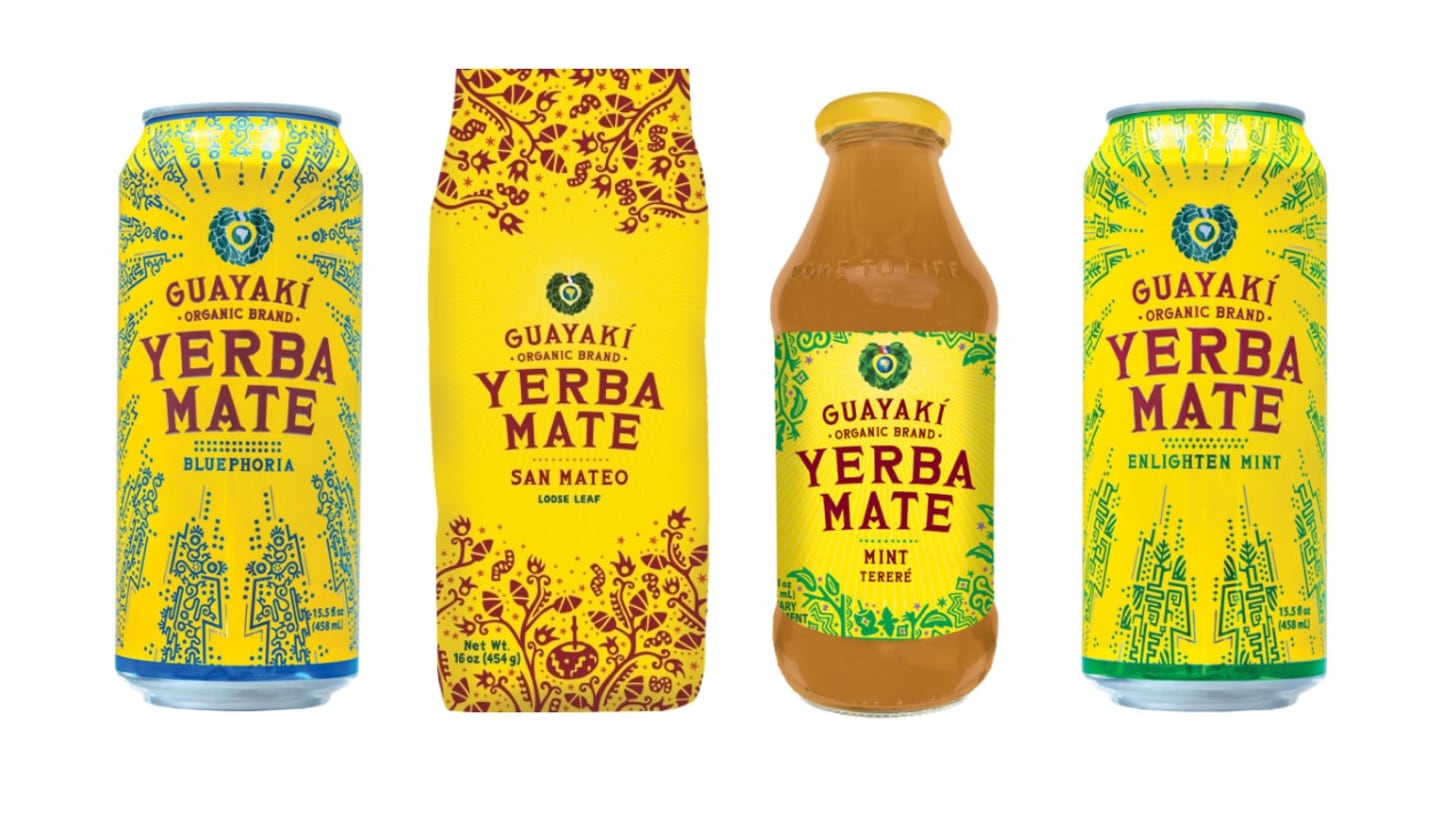With over 40,000 species of plants, at least 3,000 species of fish and another 3,000 kinds of fruit, the Amazon rainforest is one of the most biodiverse places on earth.
From cattle ranches to soy plantations, palm oil, and cocoa, however, its biodiversity is being threatened by the modern agri-food industry.
Jacob Olander is co-founder of Canopy Bridge, an Ecuador-based global directory that connects buyers and suppliers of sustainable crops and wild-harvested products.
He believes that by commercializing some of the Amazon’s precious food resources, its native communities can earn living incomes through sustainable farming and wild harvesting.
“Indigenous peoples have been producing literally thousands of products sustainably in the Amazon for centuries, tapping into the diversity and abundance of their forests, farms and waters," he told FoodNavigator-LATAM.
"A few of these have spread across the world – cacao, Brazil nuts, pineapple, cassava, and more recently açaï and guayusa. With thousands of varieties of fruits, nuts, oils, herbs, and fish, the possibilities are almost limitless.”
Rainforest-to-table supply chains
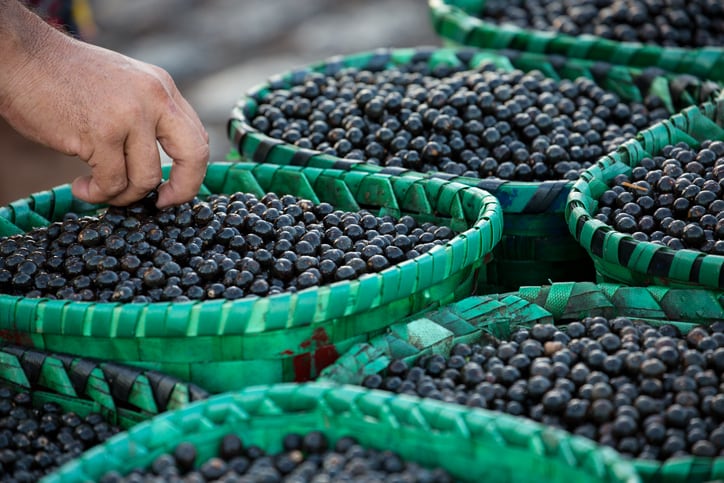
Canopy Bridge is part of Cumari, a broad network of chefs, environmentalists and entrepreneurs on a mission to conserve the Amazon by giving people reasons to value it. One such way is by bringing new, sustainable products to market.
“The Amazon pantry is bursting with potential,” says Cumari, whose name means 'the joy of flavor' in Tupí (an extinct language spoken by the native Tupi people of Brazil) and is also the name of a local chili pepper.
The movement has fostered close links between rainforest communities and some of Latin America’s top gastronomic chefs, such as Peruvian-Japanese chef Mitsuharu Tsumura, whose restaurant Maido was voted the best restaurant in Latin America last year.
By developing small ‘rainforest-to-table’ supply chains, high-end chefs can experiment with niche products and create visibility for unknown ingredients while building up initial supply chains.
Even if the quantities traded are relatively small, selling to high-value gourmet markets provides a valuable source of income for communities living in and near the rainforest.
“Most of these products have never been cultivated commercially at any significant scale, and a key element of sustainability is growing and scaling in a way that remains in balance with traditional land use and forest conservation," Olander told FoodNavigator-Latam.
"Some products will likely remain small-scale, either because there simply isn’t a sustainable way to scale supply or because it may be too hard to break into markets. Others we definitely hope to see scale up, but it will be a gradual process."
Successful start-ups, sustainable sourcing
It is possible to build a food business using sustainably sourced ingredients from the Amazon, and a number of start-ups have successfully done so.
US company Runa, for instance, makes an energy drink using the guayusa leaf, a traditional crop of Kichwa farmers in Ecuador. In Brazil, Sambazon was among the first to bring wild-harvested acai to the US market, and the first supplier to achieve fair trade certification through EcoCert.
“In Colombia, Selva Nevada has been working with remote Amazonian farmers to get exotic fruits like araza, camu camu, and copuazu to urban markets for the first time in the form of spectacular ice creams," said Olander.
“There are many, many examples of innovation happening at all scales as people come to realize all the potential."
Canopy Bridge has been working directly with smallholders in Peru and Ecuador on scaling up and bringing to market three products:
Tucupi negro
This is a traditional savory condiment sauce made from fermented manioc prepared by Bora and Huitoto indigenous women.

“It’s a sauce with an incredible balance of smokiness, acidity, and umami, and with chef Pedro Miguel Schiaffino we’re working with artisanal producers to get a bottled market in the Peruvian Lima market, with potential to export.
“Tucupi gives value to traditional forest farming techniques and can help sustain the communities that serve as gatekeepers to one of the most important conservation landscapes in the Peruvian Amazon.
Paiche
Paiche (Arapaima gigas) is a giant Amazonian freshwater fish.
Its firm white flesh is so popular that it has been over-fished almost to extinction in many of its native habitat ranges.
Canopy Bridge has been working with fishing communities of the Pacaya Samiria Reserve, an area that covers 2.4 million hectares to promote stewardship and carry out scientific monitoring.
The work has paid off and fish stocks have risen to the point where they can be fished sustainably, said Olander.
“[Creating] new value-added products are the key to helping generate sufficient value for fishermen to sustain their sustainable management efforts,” he added.
“We’ve helped get paiche into top restaurants in Lima and with chef Pedro Miguel Schiaffino of Amaz have developed a cold-smoked version for sale.”
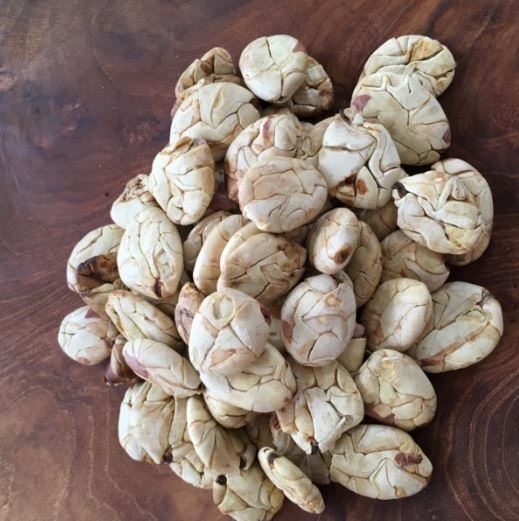
Macambo
Macambo (Theobroma bicolor) is related to cacao and has white, crunchy seeds the size of walnuts that are high in protein, fiber, and antioxidants.
“Macambo’s characteristics dovetail with key food product trends – nutrient-rich, nut-free, organic, paleo and wild, coupled with a compelling social-impact origin.
"Indigenous Amazon farmers in Peru and Ecuador have for generations cultivated scattered macambo trees as part of their agroforestry systems as an important source of nourishment in traditional diets."
According to Olander, macambo has been attracting attention from chocolatiers, chefs, and consumers alike and Canopy Bridge launched its first macambo product in Ecuador’s consumer market last year.
Olander: 'We'll only conserve what we value'
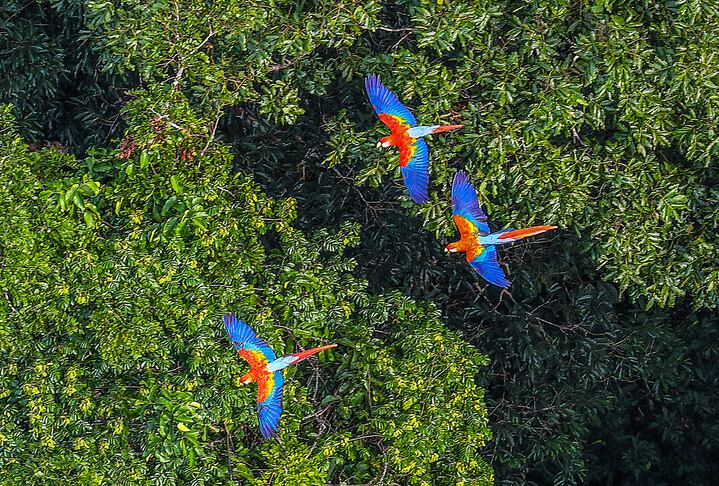
According to Olander, “every tool imaginable” must be put to use to conserve the Amazon.
“What’s critical is that the forest, and its diversity of plants and animals, has enough economic value for the people that live there so that they can realize their aspirations without being forced to destroy it, or being driven off their lands. Developing new food products is definitely part.”
“Maybe the most powerful thing about this movement is the power of food to get people to fall in love with the Amazon and build bridges to new urban audiences who see the value of the world’s greatest rainforest.
"That change in attitude and vision is essential because we also need public pressure to guarantee effective protection of parks, preserves, and indigenous lands – and to ensure that industrial agriculture works on getting more efficient without driving more deforestation."
But does drawing attention to the Amazon’s wealth of ingredients put it at further risk of being exploited?
“There’s a fine balancing act,” admitted Olander. “Not drawing attention to the value of Amazonian diversity is a sure recipe for its annihilation. We’ll only conserve what we value.
“Collaboration between local communities, businesses, and conservation scientists, hardwiring sustainability into these supply chains from the start is crucial.”

